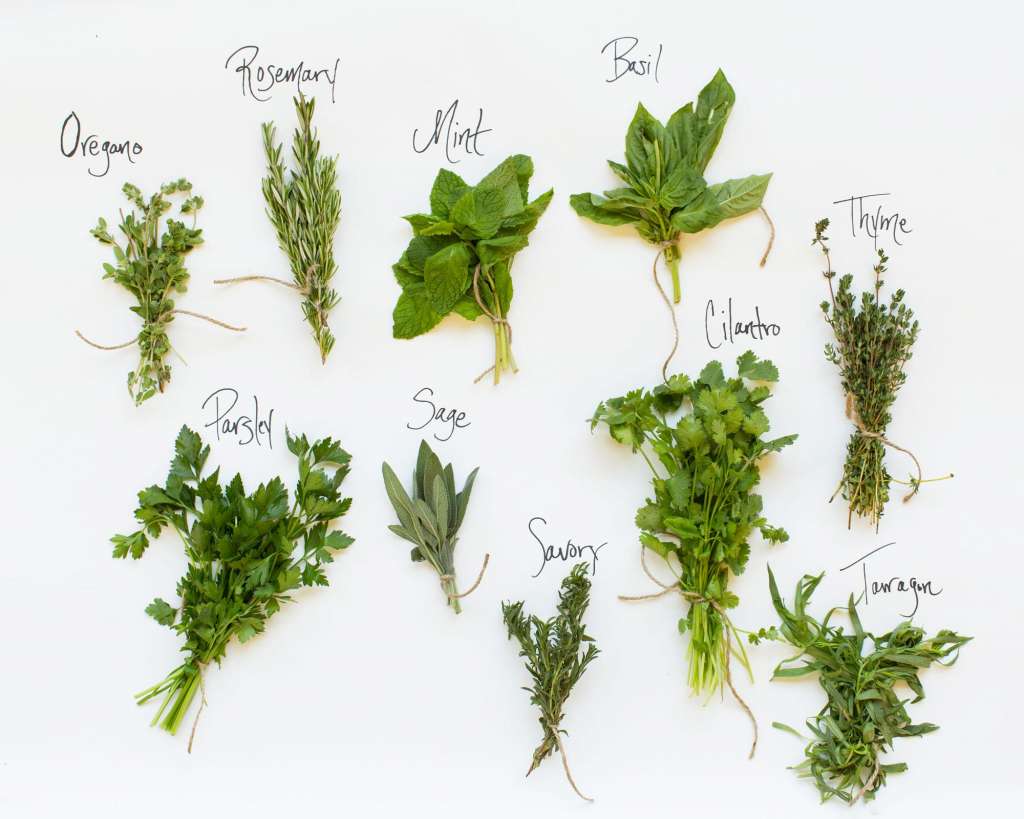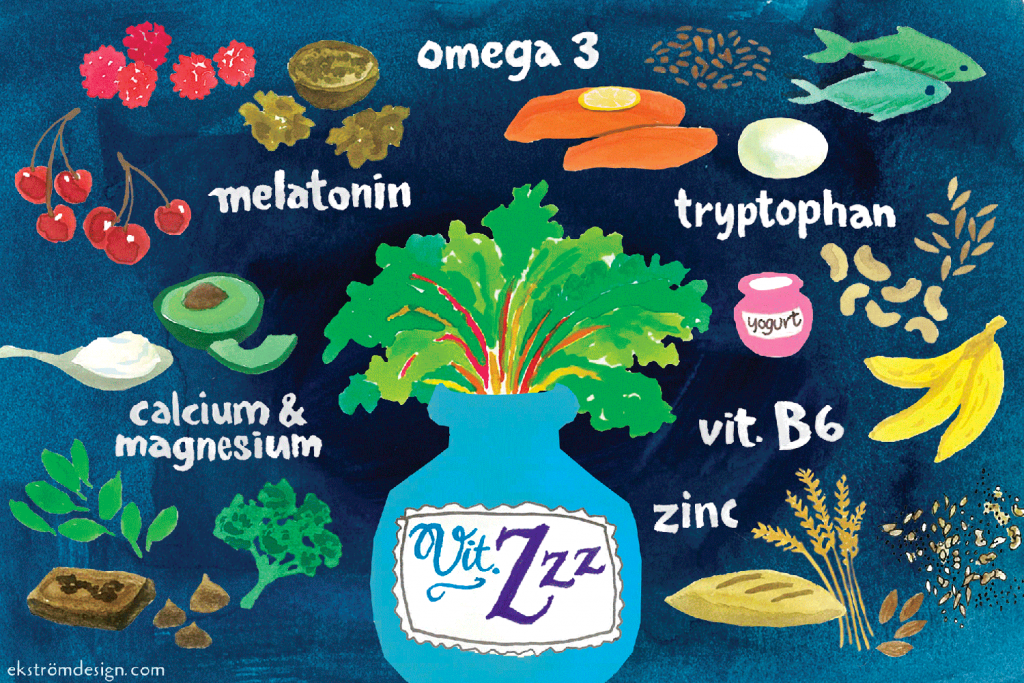Nine Essential Strategies for Better Blood Sugar Management

Blood sugar provides the fuel that powers our bodies, and in order to function at our best, it’s important that the fuel is delivered at a steady pace. Managing your blood sugar level is a complicated process, but here’s a simplified version of how it works.
It begins with carbohydrates, that muffin, sweet potato, or apple you ate this morning is digested and converted to glucose (aka blood sugar). Once glucose enters the bloodstream, it signals the pancreas to release insulin, a hormone that directs fat and muscle cells to absorb the glucose and convert it into energy.
All day long, blood sugar levels rise and fall, and—for most of us—it’s not a problem, but for people who struggle to produce insulin, managing glucose is a challenge that can lead to serious problems. Without insulin, glucose stays in the blood, leading to hypoglycemia and a host of potentially dangerous health issues, including eye damage, high blood pressure, heart disease, and kidney and nerve damage. Keeping blood sugar levels stable is not only critical for those with diabetes but is also important for overall health.
Here are some ways to keep blood glucose at a healthy level.
Combine Macronutrients
Combining carbohydrates with protein or fat can help slow digestion and buffer blood sugar spikes. According to a study published in The Journal of Nutrition, when protein or fat is added to pure glucose, blood sugar responses significantly decrease. Further findings have reported protein and fat independently provide this effect. Good combinations include an apple and peanut butter, vegetables and hummus, and yogurt with nuts and fruit.
Drink More Water
Staying hydrated is essential to maintaining proper blood glucose levels. When dehydrated, the sugars in the blood are more concentrated, thus blood glucose levels are higher. Keep a water bottle at your desk and in the car to remind you to drink up all day long.
Eat Like an Egyptian
Several studies have found that the Mediterranean Diet, with its focus on produce, good fats, and whole grains, lowered fasting glucose levels better than low-fat diets in individuals with type 2 diabetes. In addition, an 83 percent lower risk of diabetes has been found among those who closely follow a Mediterranean diet.
Embrace Complex Carbs
Whole grains, fresh vegetables, beans, and fruit, can help improve insulin sensitivity while providing more vitamins, minerals, and nutrients than simple carbohydrates like sugar and white flour. They also provide fiber, which slows digestion and the absorption of carbohydrates and can help delay the rise of blood sugar levels. A review study published in the Journal of the American Board of Family Medicine found an increase in dietary fiber positively impacted blood glucose levels in individuals with type 2 diabetes.
Exercise
Moving your body can boost your ability to manage blood sugar. Muscles soak up glucose during exercise to burn for energy. Studies have found performing brief spurts of high-intensity exercise improved blood glucose levels in people with diabetes, as well as healthy individuals for up to three days after the workout.
Get a Little Nutty
Research published in the Journal of the American Medical Association found a significant inverse association between the consumption of nuts and incidence of type 2 diabetes. It concluded that higher nut consumption may lower diabetes risk.
Go Big with Cinnamon
Although further research is needed, several small studies suggest that cinnamon may reduce insulin resistance. Studies have also suggested that cinnamon may block digestive enzymes that break down carbs in the small intestine.
Skip the Juice
Fresh fruits are loaded with fiber, antioxidants, and other beneficial nutrients, but juicing strips out the fiber and other blood sugar stabilizing compounds. What’s left is a glass of concentrated sugar and simple carbohydrates. Not the best thing for your blood sugar.
Start Smart
A study published in Diabetes Cares found that skipping breakfast resulted in 37 percent higher blood sugar levels at lunchtime, compared to when participants ate breakfast. Starting your day with a nutritious smoothie made from whole fruit, or a vegetable and egg scramble is a great way to stabilize blood sugar levels.
Illustration by Ekström Design








